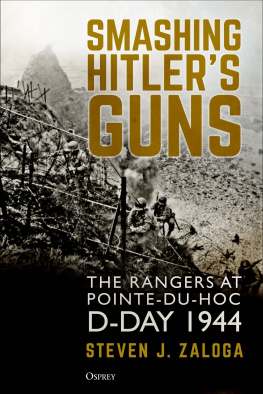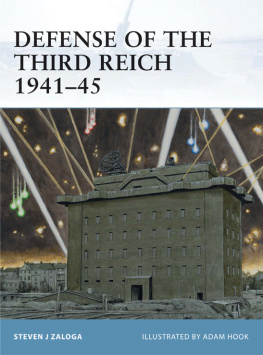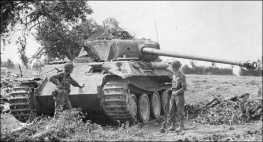Steven J. Zaloga - Allied Tanks in Normandy 1944 (New Vanguard)
Here you can read online Steven J. Zaloga - Allied Tanks in Normandy 1944 (New Vanguard) full text of the book (entire story) in english for free. Download pdf and epub, get meaning, cover and reviews about this ebook. year: 2021, publisher: Osprey Publishing, genre: History. Description of the work, (preface) as well as reviews are available. Best literature library LitArk.com created for fans of good reading and offers a wide selection of genres:
Romance novel
Science fiction
Adventure
Detective
Science
History
Home and family
Prose
Art
Politics
Computer
Non-fiction
Religion
Business
Children
Humor
Choose a favorite category and find really read worthwhile books. Enjoy immersion in the world of imagination, feel the emotions of the characters or learn something new for yourself, make an fascinating discovery.
- Book:Allied Tanks in Normandy 1944 (New Vanguard)
- Author:
- Publisher:Osprey Publishing
- Genre:
- Year:2021
- Rating:3 / 5
- Favourites:Add to favourites
- Your mark:
Allied Tanks in Normandy 1944 (New Vanguard): summary, description and annotation
We offer to read an annotation, description, summary or preface (depends on what the author of the book "Allied Tanks in Normandy 1944 (New Vanguard)" wrote himself). If you haven't found the necessary information about the book — write in the comments, we will try to find it.
A concisely detailed guide to the Allied tanks that fought from D-Day to the breakout from Normandy, their qualities, numbers, and performance, and how they were used on the battlefield.
When Allied tanks began to roll off the landing craft on D-Day, it marked the start of one of the great periods of tank warfare in World War II. Often outgunned by the German Panzers, and fighting in the close confines of bocage country, they nevertheless managed to break out of Normandy and begin the liberation of Europe. It was a battle that was dominated by the Americans legendary Sherman, but also saw a wide and complex range of armor committed to battle across the many armies involved, from British Churchills and special-purpose Funnies to the Canadians Ram tank.
This book explains the qualities, strengths, and weakness of the major British and US tank types as well as associated Allied units in Normandy including the Canadians, Poles, and French, and how they really fought. It will discuss the organization and equipment of the units, providing thumbnail sketches of organization and doctrine as well as statistical data on the types and categories of AFVs that saw action, providing a handy and concise guide for military historians, wargamers, and military modelers.
Steven J. Zaloga: author's other books
Who wrote Allied Tanks in Normandy 1944 (New Vanguard)? Find out the surname, the name of the author of the book and a list of all author's works by series.























